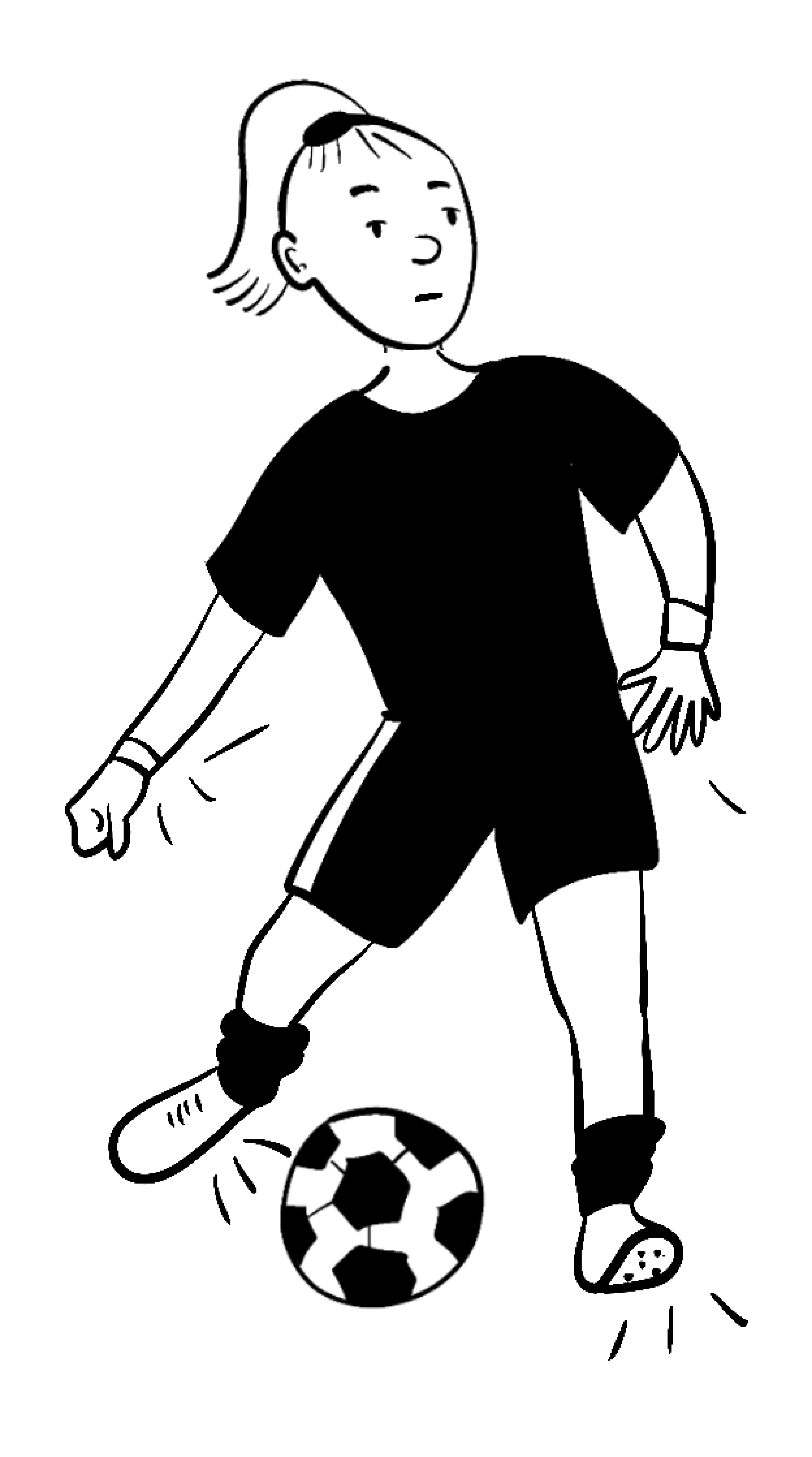Experience the future of media with Stellar Media
Helping Solution Engineers deliver compelling fan engagement demos to customers at scale.


Client
Salesforce
Role
Product Designer
Project Type
Website & Mobile Design
Project Timeline
2025, 6 Weeks
Prototype Link

$35M
ACV Closed
$150M+
Tracked Opportunity
6+
Teams Adopted
The Challenge

How do we bring Salesforce fan engagement platforms to life quickly, flexibly, and at scale?
Solution Engineers needed a faster, more consistent way to deliver media demos. Existing setups were time-consuming, inconsistent, and hard to reuse across 1,000+ users.
For high-value deals, that meant lost time and credibility.
.png)
Research & Insights
Through interviews and workshops, we learned:
-
SEs needed industry-ready templates they could personalise quickly
-
AEs wanted demos that projected credibility in customer meetings
-
Developers required a scalable, maintainable system
These insights shaped the primary persona, the Solution Engineer, whose goals and pain points guided every design decision.
Understanding the User
Solution Engineers working at Salesforce
act as a bridge between the technical and sales teams, helping clients understand and implement technical solutions that align with their business goals using product demos and presentations.
“Sometimes I only have a day to prep so if the demo doesn’t just plug in and go, I’m stuck.”
Senior Solution Engineer, CMT
Taylor

Goals:
• Tell compelling product stories with confidence
• Personalize demos for different leagues or clubs
Pain Points:
• Limited time before pitches
• Frustrated by rigid, outdated demo tools
Associate Solution Enginner, Core
Alex

Goals:
• Highlight data-driven personalization in demos
• Quickly swap visuals and content per client
Pain Points:
• Hard to keep up with design and dev requests
• Visuals didn’t reflect real media brands
Account Executive
Morgan

Goals:
• Build reusable flows across verticals
• Align product capabilities to business value
Pain Points:
• Too many tools, no single source of truth
• Needed help showcasing cross-cloud integrations
Designing the Flow
From abstract strategy to actionable user journeys
I began with rough sketches and mid-fidelity wireframes to map key demo workflows. This stage allowed rapid iteration with SEs and AEs, validating flow and usability before investing in polished design.


Building the Design System
Design once. Customise endlessly.
Using the Salesforce Lightning Design System, I created the Stellar System—a set of reusable UI components, storytelling kits, and templates. This ensured demos were always consistent, branded, and scalable across teams.

Simplifying Ticketing & Prioritizing Membership
In early testing, we explored a Ticketmaster-style flow with detailed seat selection and add-ons. It proved overly complex and technically constrained by Experience Cloud.
To simplify, we redirected users to Ticketmaster for purchase, while using Salesforce Data Cloud to personalize the journey with fan preferences.
This shift streamlined the UX and better supported business goals around recurring engagement, first-party data, and upsell opportunities.


Original Ticketing Flow
Updated Ticketing Flow
High Fidelity Prototype
The final prototype featured a personalized fan dashboard powered by Salesforce Data Cloud, adapting to each fan’s preferences and history. Modular membership tiers highlighted recurring value and could be tailored for different clients.
Ticketing was handled natively, with a smooth redirect to Ticketmaster at checkout to maintain flow while respecting platform limits.
Every UI element was built from a reusable component library, making it simple for internal teams to adapt the demo across sports, regions, and use cases.
These prototypes were handed to front-end developers, ensuring a smooth build on Salesforce Experience Cloud.





